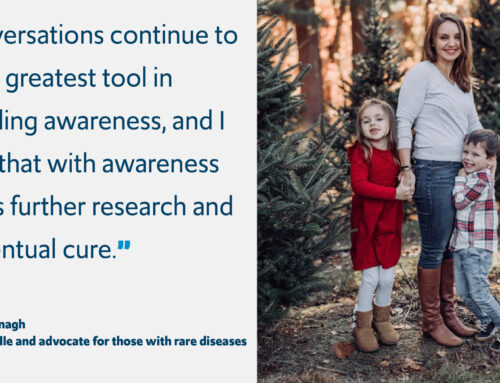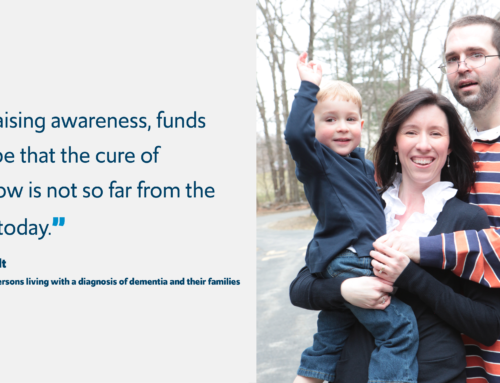My mom was misdiagnosed for about seven years with bipolar disorder and major depression. My family and I were confused because my mom also had slurred speech, poor balance and coordination (as if she was drunk), among other cognitive challenges. It was after many doctors’ visits and medical tests that we found out my mom had a rare, neurological, genetic disease known as Huntington’s Disease (HD).
I was 15 when my parents sat me down to tell me about my mom’s diagnosis. But even after they told me the news, I did what most people do: I Googled ‘What is Huntington’s Disease?’ My mom’s symptoms matched everything I was reading on the web, but what stood out the most was the fact that there is no cure for HD, and once someone shows symptoms the average life span is 10 to 20 years.
Five years after learning about HD and how I had a 50/50 chances of inheriting it, I decided to go through genetic testing. In March 2011, I tested positive and found out that I could end up one day just like my mom unless an effective treatment is developed. I decided to use my results as motivation to fight back and get more involved with the HD community through fundraising, advocacy, and volunteer efforts.
When I first learned about HD, there was only a few companies who were working on finding a treatment for the disease. Today, there are over 20 different companies working in HD – which is exciting! It’s going to be a race to the finish line to see which company finds the most effective treatment for HD that will also improve quality of life. But, there are a few things we need to remember:
- It takes 10 to 15 years to go through drug development. We need to remind ourselves about being patient with medical research.
- We need to bring the patient voice into drug development from the beginning – and not just one-time either – but throughout drug development. 90% of trials end up failing due to reasons such as recruitment and clinical trial design.
- It can cost up to $2 billion dollars for the full drug development cycle. How can we bring that cost down, while still innovating new treatment options in the rare disease space?
- Only 5% of rare disease drugs receive approval. How can we make sure patients are able to access rare disease treatments at an affordable cost?
One of the easier solutions to some of the things highlighted above is building up relationships and trust among patient advocacy organizations, patients, and caregivers in the community. We need to work with them on clinical trial design, understanding the unmet needs of the community, recruiting for trials, among other things. Although there is a lot of buzz around “being patient-centered”, we need to put these words into action. Let’s start working in a collaborative effort with all stakeholders in the health space and figure out how we can get one step closer to an effective treatment for HD or another rare disease.
Seth is a patient advocate and motivational speaker who is passionate about bringing his personal experience to better support the health community. His passion is driven by his mother’s 17-year battle with the rare, genetic disease known as Huntington’s Disease. In 2019 he co-founded the nonprofit, Our Odyssey, to connect young adults in the rare and chronic communities with social and emotional support. Seth currently resides in Boston, MA where he works professionally as the Patient Engagement Manager for Inspire.





